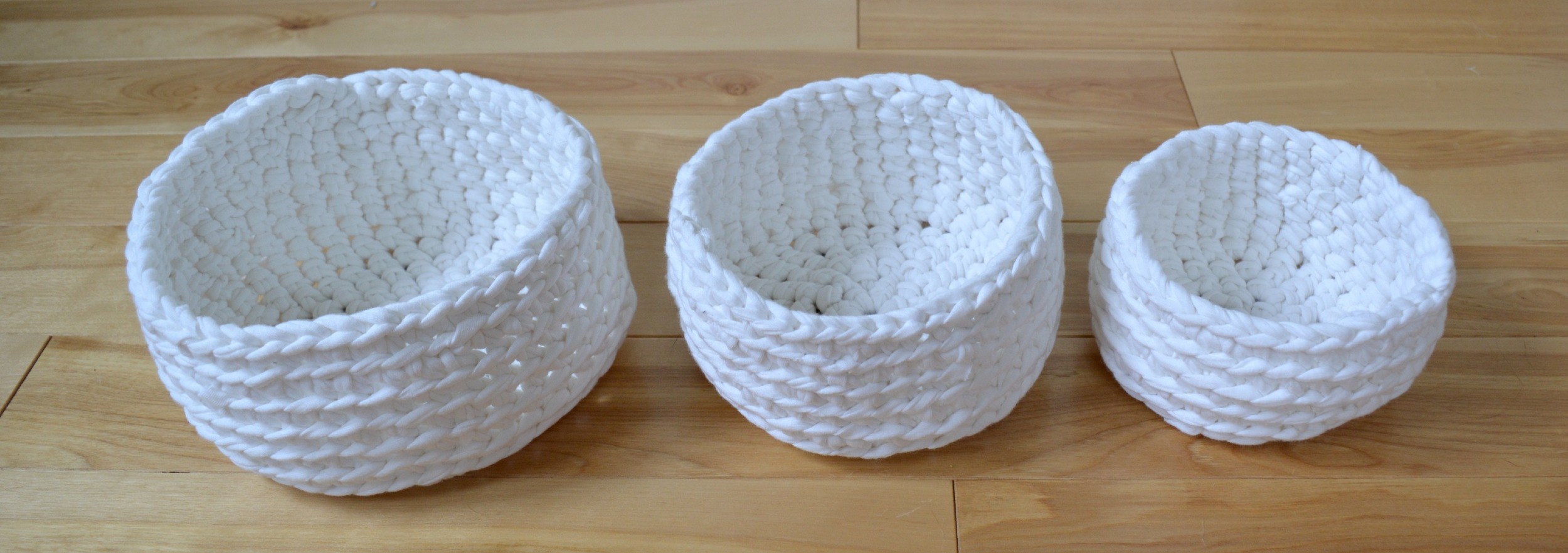Knitting for Others
/When I’m watching a movie and I don’t have the mental capacity for the process of writing my own patterns I love working on quick projects that I don’t have to think too hard about. Right now I’m working on making baby hats and since I don’t have a baby myself (and if I did it definitely wouldn’t need this many hats) I’m going to be donating them to the hospital in my area. I like working on projects like this because I find knitting multiples of a pattern relaxing, and it feels good to know that someone in need will be getting something that was handmade with love.
My grandma used to knit pneumonia vests for children in Africa, which were used to keep sick children warm. I remember she would send them off about once a year, and she would have about 50 of them to send off which I always thought was really impressive.
Some other projects I’ve heard of are knitted hats for soldiers, warm clothes and winter accessories for local shelters, and even knitted jumpers to protect penguins from oil spills. The penguin jumper story went viral a while back so they put an announcement up saying they didn’t need any more, but I do understand why so many people wanted to knit cute little jumpers for penguins.
Have you knit any projects similar to these ones? I’d love to hear about them!
Newborn Hats: http://www.themakeyourownzone.com/2011/03/knitting-newborn-hats-for-hospitals.html
Hats for Soldiers: http://www.ravelry.com/patterns/library/ribbed-watchmans-hat
Penguin Jumpers: http://penguinfoundation.org.au/about-the-penguin-foundation/wildlife-rehabilitation/









